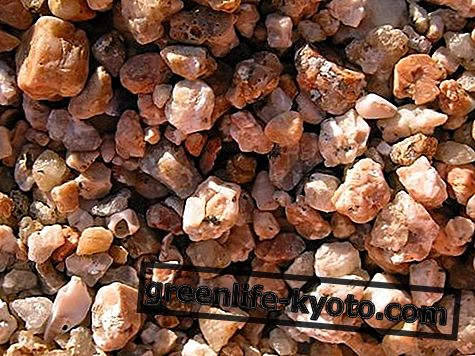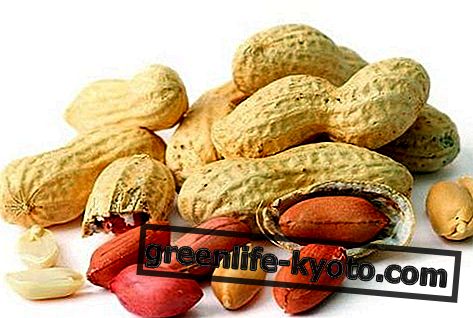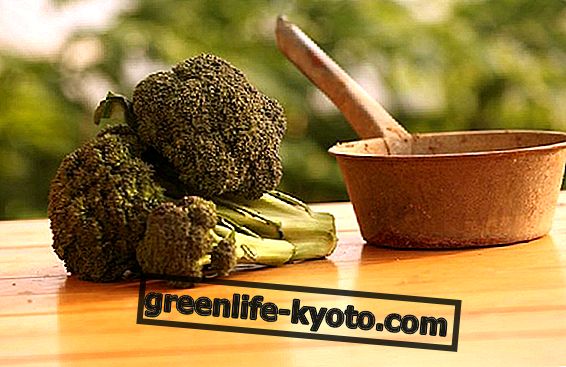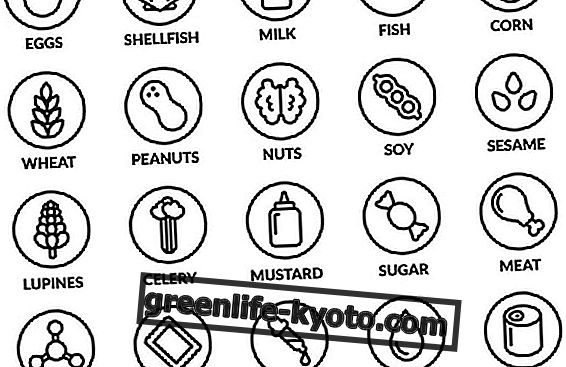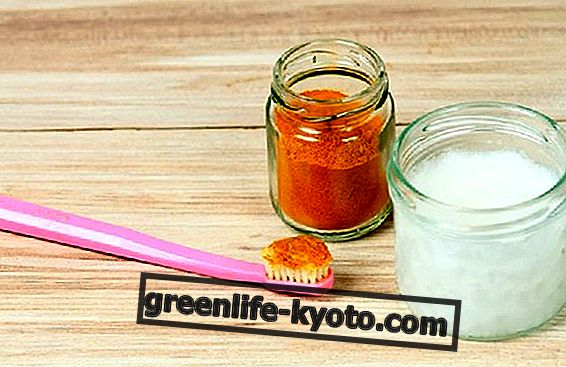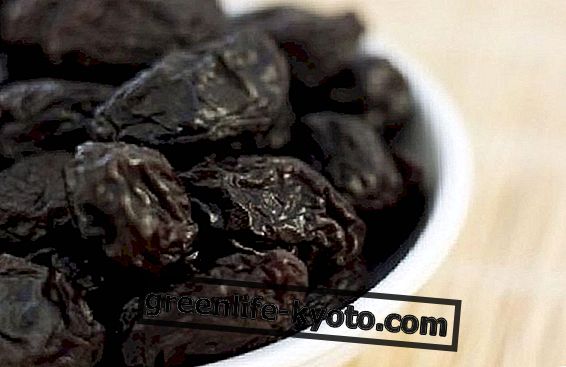Curated by Maria Rita Insolera, Naturopath
Peppermint has, in relation to other types of mint, a higher menthol content and is one of the most used medicinal plants. With anesthetic, antiseptic, depurative and carminative properties, it is also widely used in cosmetics . Let's find out better.
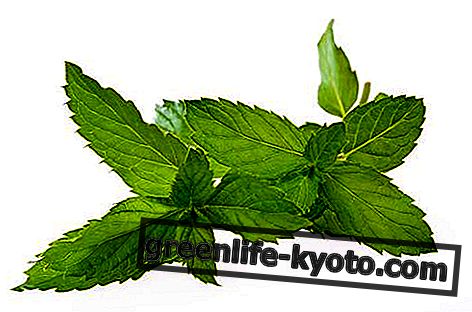
Properties of peppermint
Peppermint has the following therapeutic properties:
- Anesthetic action : on the mucous membranes and on the skin it causes an initial vasoconstriction followed later by a vasodilation, in this way there is a local anesthetic action . This can also occur at the gastric level, inducing an antiemetic action.
- Analgesic action : the mint extract is an important remedy against headaches and tension-type migraines, with a significant reduction in pain. Applied to the forehead and temples, a menthol solution, it alleviates all the symptoms of migraine such as nausea, vomiting and intolerance to light and noise.
- Antiseptic action : mint has strong antiseptic, antiparasitic and germicidal properties thanks to its polyphenol content.
- Antilitic action : some studies have shown a possible ability in the dissolution of stones in the gall bladder.
- Decongestant and balsamic action : mint has a refreshing, decongestant and fluidifying action on respiratory secretions, therefore it is used to treat colds, fever and coughs.
- Cosmetic action : in cosmetics, mint has a refreshing, tonic and purifying action.
- Carminative action : mint works by relaxing the esophageal sphincter, reducing the volume of intestinal gas.
- Aromatic action : mint is used in the kitchen and also for the production of beverages, liqueurs and confectionery products.
- Purifying action : very useful in cases of bad breath.
The main components of mint are:
- An essential oil rich in menthol and menthol.
- Enzymes (oxidase and peroxidase).
- C vitamin.
- Phenolic acid and caffainic acid.
- Flavonoids .
- Tannins.
Discover also the properties, the use and the contraindications of the essential oil of mint

Method of use
Mint uses fresh or dried leaves and essential oil . Mint finds the following uses: in the form of dry titrated extracts, essential oil, powder, fluid extract and mother tincture.
- Mint tea: helps digest and makes the breath fresh. Boil 1 liter of water and pour it on a handful of fresh leaves (or 2 teaspoons of dried mint). Infuse 5 minutes, then strain. Drink the warm and sugar-free herbal tea. The mint herbal tea, due to its menthol content, is recommended for its digestive and toning properties . It can help to relax the muscles of the intestine and to promote the secretion of bile and the digestion processes of food through the digestive system. The intake of mint herbal tea is not recommended in the evening hours, as it may disturb sleep, to the extent of causing episodes of insomnia. The peppermint tea, drunk in small sips, helps fight nausea, even during pregnancy or while traveling. Both hot infusion and essence are effective remedies in the treatment of colds, for example flu accompanied by fever. Up to 500 milliliters of mint infusion a day can be consumed.
- Toning massage : use 3-5 drops of mint essential oil diluted in 30 cc of sweet almond oil or sesame seeds. The use of mint essential oil is recommended to perform fumigations in case of colds. Simply pour a few drops into a liter of boiling water and breathe the vapors that are released. Mint essential oil should not be applied to children's skin, but can be used in a very diluted form in the preparation of cosmetics or massage oils intended for adults. The essential oil of mint is used for the preparation of herbal remedies useful to fight rheumatism. Finally, it can be used diluted in vegetable oil to perform relaxing and anti-stress massages on the temples and on the nape.
- In case of insect bites: rub the affected area with 1 drop of essential oil.
- To remove insects: lightly crush some mint leaves and pass them over the skin.
- A mint mouthwash, to refresh the breath and the antiseptic action for the oral cavity, can be prepared by infusing for ten minutes in 200 milliliters of boiling water a teaspoon of dried mint leaves. The infusion thus obtained must be filtered and allowed to cool before being used as a mouthwash.
- In the kitchen, mint is used to flavor sauces, vinegar and syrups. It can be used both fresh and dried as an aromatic herb to be used to flavor dishes. It is excellent as a condiment for salads, vegetables, legumes and cereals. It is used to flavor meat dishes or desserts such as the famous English mint sauce. Dried mint leaves can be used together with juice or lemon peel to create an aromatic summer drink, simply by preparing an herbal tea that will then be allowed to cool. Rub the leaves of fresh mint on the fingers can help eliminate unpleasant odors left on the fingers by garlic or onion. Finally, mint supplies raw materials especially for the liqueur industry since the extracts obtained from the leaves carry out an eupeptic activity, that is they favor digestion and, as such, enter into the composition of many bitters.
Contraindications of Peppermint
Mint should be used with caution by people with gastritis and ulcers. It can produce side effects such as: mucosal irritations, nausea, dizzy vomiting and increased gastroesophageal reflux.
As a precautionary measure, the use of Mint is not recommended during pregnancy, lactation and in cases of gastritis, glaucoma, thyroid dysfunction and hypersensitivity to one or more components of the drug. Menthol at high doses can be neurotoxic and is therefore not recommended in case of favism.
Despite the essential oil of Mint is very irritating, both for the skin and for the mucous membranes, it represents a valid therapeutic complement for people with peptic ulcers.
Description of the plant
Mint ( Mentha piperita ) is a perennial herbaceous plant belonging to the Labiate family. The parts used are the leaves and flowering tops. It is an erect plant, with flowers arranged in verticils; the stem is hairy and the ovate leaves are very aromatic.
The flowers' corollas are pink in color. It is a garden plant that blooms in summer and reproduces from suckers. For their herbal use, the flowers and mint leaves are harvested between July and August and left to dry in the open air.
Peppermint Habitat
Mint is native to Europe and is widespread throughout the world. It grows well in areas with a temperate climate, while it is absent in those with a tropical climate.
Peppermint is a perennial and resistant aromatic herb that grows and develops easily if grown in your own garden or in a pot, so that you can always have its fresh and fragrant leaves at hand. It tolerates sandy soils and exposure in full sun, which must be counterbalanced by frequent watering.
Background
Peppermint was born in 1996, the year in which the English botanist John Ray, in the course of his classification of the various types of mint, discovered a specimen derived from a natural crossing of different wild varieties ( Mentha rotundifolia and Mentha aquatica ), which stood out clearly from the others for a far more intense perfume.
The cultivation of this plant, which the botanist called peppermint, spread rapidly throughout Europe and then also in America and Japan, thanks to its extraordinary aroma. Moreover, when menthol was distilled in the last century, it was found that peppermint contained a very high concentration of this substance.
The demand for menthol, which is widely used in the pharmaceutical, confectionery, liquor industry (manufacture of toothpastes, mouthwashes, candies, chewing gum) led to a further spread of the cultivation of this plant.


